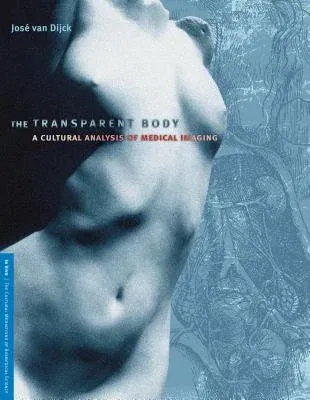From the potent properties of X rays evoked in Thomas Mann's Magic
Mountain to the miniaturized surgical team of the classic science
fiction film Fantastic Voyage, the possibility of peering into the inner
reaches of the body has engaged the twentieth-century popular and
scientific imagination. Drawing on examples that are international in
scope, The Transparent Body examines the dissemination of medical
images to a popular audience, advancing the argument that medical
imaging technologies are the material embodiment of collective desires
and fantasies--the most pervasive of which is the ideal of transparency
itself. The Transparent Body traces the cultural context and wider
social impact of such medical imaging practices as X ray and endoscopy,
ultrasound imaging of fetuses, the filming and broadcasting of surgical
operations, the creation of plastinated corpses for display as art
objects, and the use of digitized cadavers in anatomical study.
In the early twenty-first century, the interior of the body has become a
pervasive cultural presence - as accessible to the public eye as to the
physician's gaze. Jose van Dijck explores the multifaceted interactions
between medical images and cultural ideologies that have brought about
this situation. The Transparent Body unfolds the complexities involved
in medical images and their making, illuminating their uses and meanings
both within and outside of medicine. Van Dijck demonstrates the ways in
which the ability to render the inner regions of the human body
visible - and the proliferation of images of the body's interior in
popular media - affect our view of corporeality and our understanding of
health and disease. Written in an engaging style that brings
thought-provoking cultural intersections vividly to life, The
Transparent Body will be of special interest to those in media studies,
cultural studies, science and technology studies, medical humanities,
and the history of medicine.

